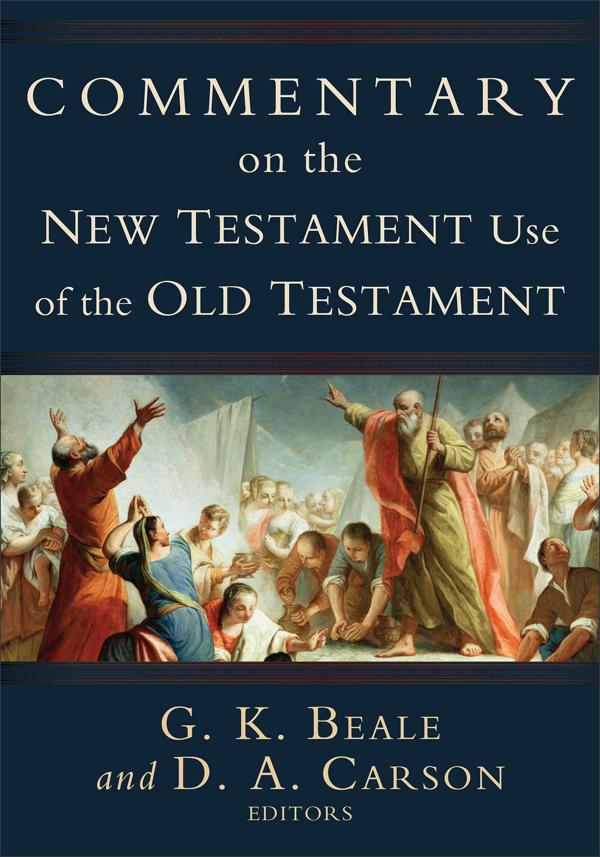Award Winner
Commentary on the New Testament Use of the Old Testament
$74.99
Unit price
/
Unavailable
Shipping calculated at checkout.
Couldn't load pickup availability
Commentary on the New Testament Use of the Old Testament


